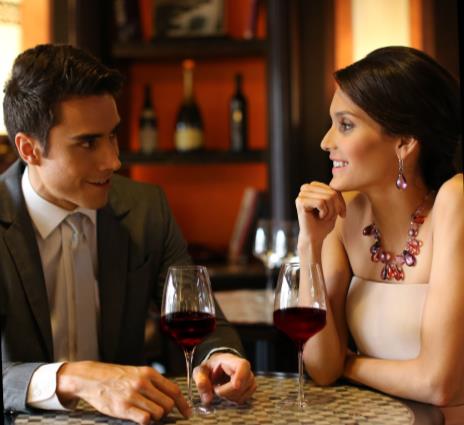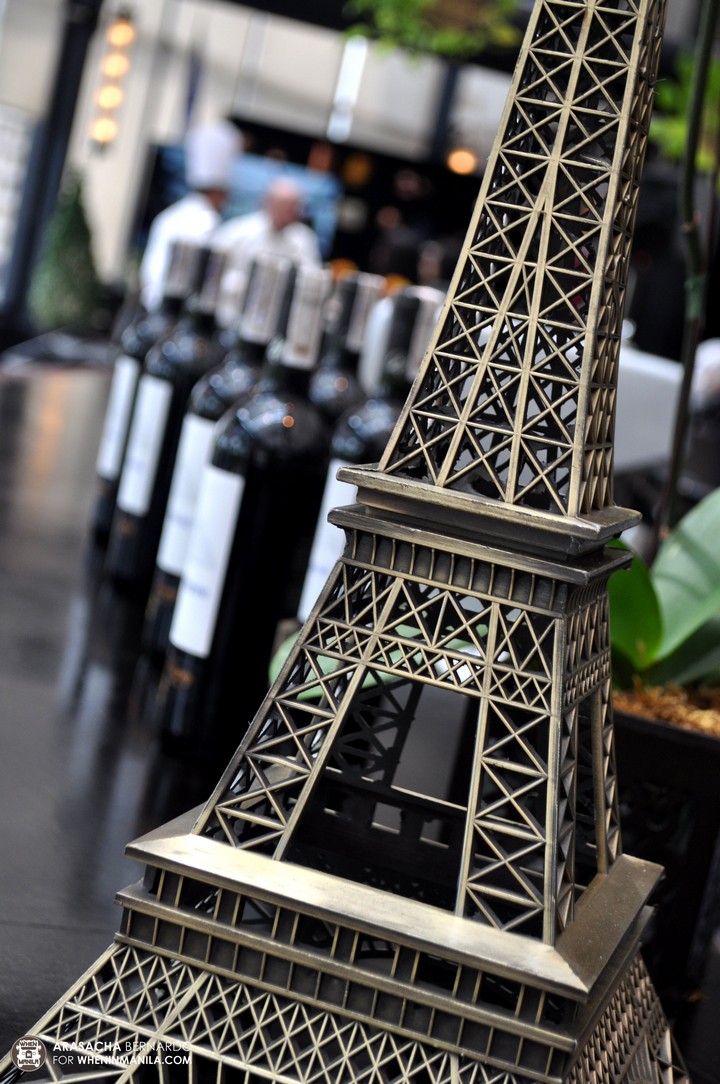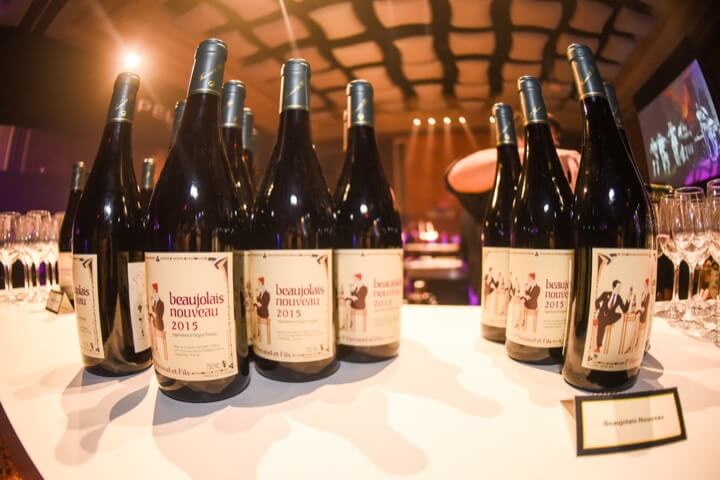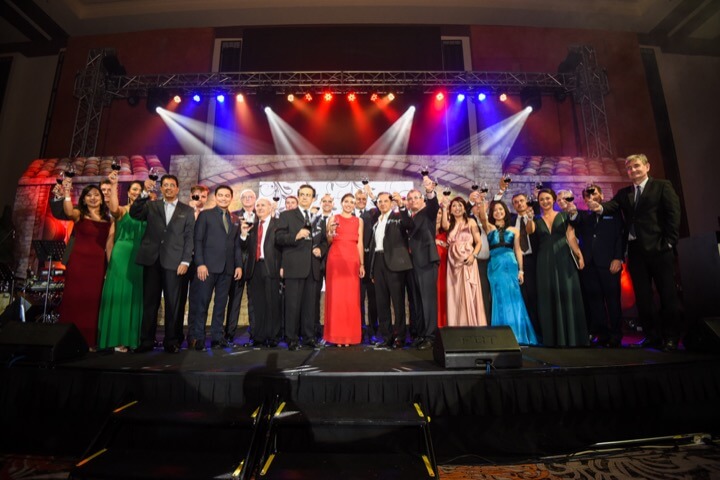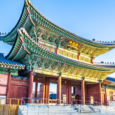By Erwan Heussaff
When it comes to French wine, the use of many French words on the labels may intimidate the beginner wine-drinker. A lot goes into reading and understanding the label, after which you would usually taste it and then deduce which varieties and regions you prefer. Here’s a little guide to decoding French wines.
Unlike with New World wines, where the distinction lies primarily in the type of grape used, French wines focus on where the wine was made, particularly the region, the year and the producer. Many wine regions in France blend together different grape varieties, so it makes more sense to distinguish between region or producer rather than grapes used.
Here’s a general tip to remember: Nowadays, it relatively easy to find out a general consensus about what year produced the best wines in which region. So look that up before delving any further. You could also familiarize yourself with all the different government certified denominations.
There are many wine-producing regions in France to explore, but here are main ones that should get you started on your wine journey:
1. Burgundy
In the Burgundy region, what’s most popular is Pinot Noir for red wine, and Chardonnay for white wine. But on the label, the classification depends on the land where the grapes were grown. As pointed out earlier, the more specific, the better. Wines from Burgundy start out regional (for example, Bourgogne Rouge), while the top wines name specific reputable (grand cru) vineyards.
2. Bordeaux
Bordeaux is divided by the Gironde River, resulting in wines from either the Left Bank (usually Cabernet Sauvignon) or the Right Bank (Merlots). Red wine from the Bordeaux region is made up of a variety of grapes. Blends are usually of Merlot, Cabernet Sauvignon/Franc, Malbec, and Petit Verdot. In this region, classification depends on the producer of the wine rather than the land on which the grapes grew.
3. Loire Valley
This region produces mostly white wines in its 4 regions: Pays Nantais, Anjou-Saumur, Touraine, and the Central Vineyards. The Anjou-Saumur and Touraine regions also produce Cabernet Franc, if you’re looking for a red wine from this valley.
4. Rhône
The area of Rhône is divided into North and South. The northern part is known for Syrah grapes, while the southern is known for Grenache grapes. Both parts produce full-bodied reds and mineral-like white wines.
5. Alsace
This region is the border of France and Germany, and most of the grapes grown here are white. For high-quality wine, be on the lookout for wines with noble grapes like Riesling, Pinot Gris, Gewurztraminer, and Muscat. These wines will have “Gentil” on the label, denoting a blend of noble grapes.
6. Languedoc-Roussillon
The Languedoc-Roussillon region is known for its sunny weather, as it sits on the coast of the Mediterranean. Wines here are quite similar to those produced in Australia or California. White wines are not common, meanwhile, reds and rosés have plenty of body and fruity, sweet flavors from the sun.
7. Provence
If you love Rosé, head to Provence. No other wines are produced here save for red wine from the Bandol region.
8. Champagne
For authentic bubbly, make sure the wine you’re drinking is really from the Champagne region. The process is making champagne is very tedious, hence the steep price tag and exclusive prestige. Note that when a bottle from Champagne is labeled grand or premier cru, it refers to the village where the grapes come from.
At the end of the day, you should prioritize your taste preferences. Expensive or high-quality wine may not always suit your taste or budget. For true enjoyment of wine, experiment and find out what you like.
For something so steeped in history, you can guess that winemaking carries a lot of tradition. The Beaujolais Nouveau started as a local tradition in the Beaujolais region and in Lyon. Pitchers of the first wine of the season, straight from the barrels, would be served as a mark of celebration for the start of a fruitful season and while waiting for all the other barrels to produce more mature and developed wines. Eventually, this morphed into a national celebration and today, a worldwide phenomenon.
Around the third Thursday of November every year, about 60 million bottles of Beaujoulais nouveau are consumed all over the world. In Manila, the French Chamber of Commerce and Industry in the Philippines (CCI France Philippines) has led the celebration for the past 26 years, toasting the arrival of the Beaujolais Noveau while gathering over a thousand guests to the Soirée Beaujolais. On its 27th year, the Soirée Beaujolais gathers its guests to celebrate French wine and culture in the biggest French event of the year. CCI France Philippines is importing over a thousand liters of wine from the best wine regions in France.
Soirée Beaujolais will be held on November 24 at the Sofitel Harbor Garden Tent from 6 PM to the early morning. It is made possible by the event’s different sponsors- Diamond sponsors: BDO Unibank, FWD Insurance and Total Philippines, Gold sponsors: Euroasia Executive Search, Holcim Philippines, Jewelmer Joallerie and Pacific Hemisphere Development, Silver Sponsors: La Cornue, Jones Lang Lasalle, RatPDev Manila, Sanofi- Aventis Philippines and Metro Pacific Investments Corp, Bronze sponsors: Artelia Asiantechnicon, M. Lhuillier and Philippine Retirement Autority, Official Airline Sponsor: Air France, Official Wine Sponsor: Le Cellier Quality Store, Gold Raffle Sponsor: Acer Philippines.
Tickets are now on sale! You may purchase or reserve your tickets online at https://bit.ly/ccisoiree2017. For more information, please email events@ccifrance-philippines.org or call (02)831-6374.


